"Can't connect to the network" is a common connectivity issue, often appearing as inaccessible websites, failure to connect to Wi-Fi, or abnormal wired network icons.
Whether you're using Windows 10 or 11, this article will explain the typical causes of network connection failure and provide effective solutions to help you quickly restore your internet access.
I. Common Symptoms of Network Connection Issues
When a network connection issue occurs, you may encounter the following symptoms or messages:
Unable to connect to Wi-Fi
Wired network icon shows a red X or yellow triangle
Browser displays "This site can't be reached"
System message says "No Internet connection"
Network settings display "Unidentified Network"
These issues are often related to driver errors, network settings misconfiguration, hardware problems, or service failures.
II. Causes of Network Connection Problems
Faulty or outdated network adapter drivers
Incorrect IP configuration
DNS errors or non-responsiveness
Windows network services not running
Firewall or third-party security software blocking connections
Router failure or disconnection from the internet
III. Solutions for Network Connection Problems
Solution 1: Update Network Adapter Driver
Outdated, corrupted, or incompatible drivers are one of the most common causes of network issues in Windows. It's recommend to use Driver Talent X, a powerful driver management tool that automatically detects, downloads, and installs the correct drivers for your device.
Click the Download button to get the latest version of Driver Talent X.
Install and launch the software. Under the "Drivers" section, click "Scan".
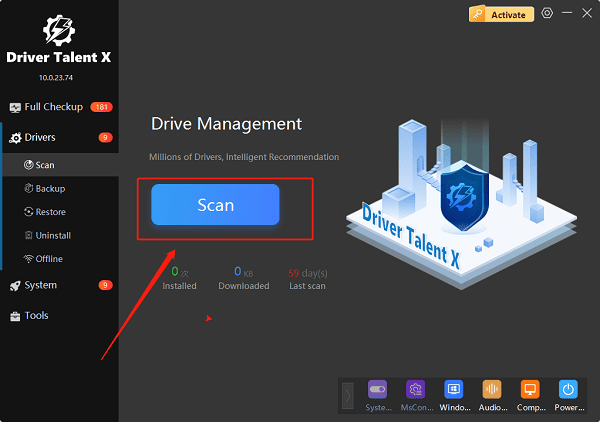
After the scan, locate your network adapter in the results and click "Upgrade".
Restart your PC to ensure the driver takes effect.
Solution 2: Restart Your Computer and Router
Restart your computer.
Power off your router or modem, wait for 30 seconds, then power it back on.
Wait for the network to stabilize, then try connecting again.
Solution 3: Reset Network Settings
Press Win + I to open Settings, then go to "Network & Internet".
In the left menu, select Status, scroll down, and click "Network Reset".
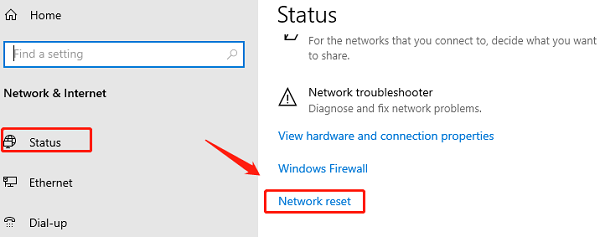
Click "Reset Now" and confirm the operation.
The system will automatically restart. After rebooting, reconnect to the network.
Solution 4: Run Windows Troubleshooter
Open Settings > Update & Security.
Select "Troubleshoot", then click "Additional troubleshooters".
Find "Network Adapter" and click "Run the Troubleshooter".
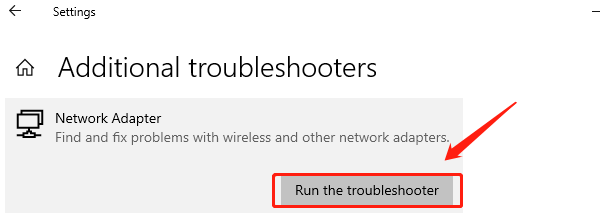
Follow the prompts to complete the repair.
Solution 5: Refresh IP and DNS Configuration
Incorrect IP or DNS settings can cause connection issues. Resetting them often restores normal connectivity.
Press Win + R, type "cmd", and run as Administrator.
Enter the following commands one at a time, pressing Enter after each:
ipconfig /release
ipconfig /renew
ipconfig /flushdns
Restart your PC and try connecting again.
Solution 6: Check Windows Network Services
Press Win + R, type "services.msc", and press Enter.
Ensure the following services are Running and Startup type is set to Automatic:
DHCP Client
DNS Client
Network Connections
WLAN AutoConfig (for Wi-Fi users)
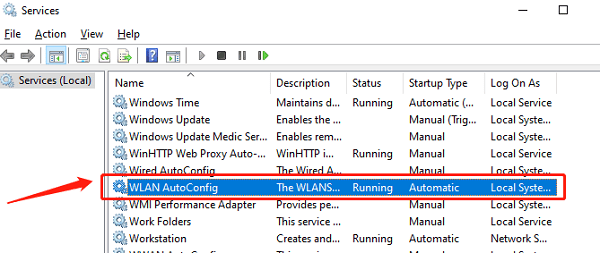
If a service is not running, right-click and select Start.
Solution 7: Disable Firewall/Security Software for Testing
Sometimes, security software can block network access. Temporarily disabling it can help identify the cause.
Steps for Usage:
Exit or disable third-party antivirus software.
Disable Windows Defender Firewall:
Open Control Panel > System and Security > Windows Defender Firewall.
Click "Turn Windows Defender Firewall on or off" on the left panel.
Select "Turn off for both private and public networks", then click "OK".
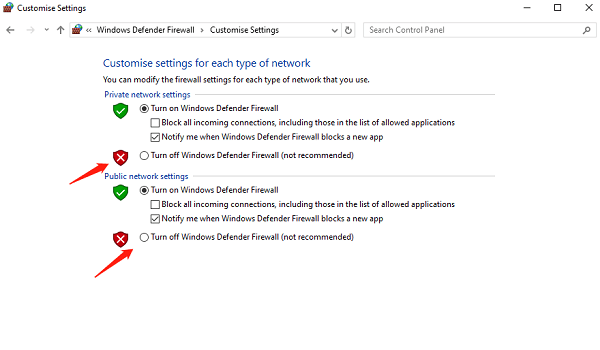
Test your connection.
Regardless of the result, re-enable your firewall and antivirus after testing for security.
IV. FAQs (Frequently Asked Questions)
1. Why is my PC connected to Wi-Fi but can't access the internet?
This could be due to incorrect DNS settings, IP conflicts, or the router not being connected to the external network. Restart your router and run ipconfig /flushdns to refresh DNS settings.
2. How do I fix "Unidentified Network" in Windows?
Check your Ethernet cable, IP configuration, and network adapter status. Try resetting the network or switching router ports.
3. How do I know if the problem is with my PC or the network itself?
Try connecting another device to the same network. If other devices also can't connect, the issue is likely with your router or ISP. If other devices work fine, the problem lies with your computer.
Although "Can't connect to the network" is a common issue, most problems can be resolved through basic checks, network resets, or driver updates. Be sure to troubleshoot step-by-step, from your router, to PC settings, to system services, to locate and fix the issue accurately.
If you've tried all the above solutions and still can't connect, it's recommended to contact your internet service provider or PC manufacturer for professional support.
